UK PMI Manufacturing dropped from 55.8 to 54.6 in May, below expectation of 55.1, hitting a 16-month low. PMI Services dropped sharply from 58.9 to 51.8, well below expectation of 57.3, a 15-month low. PMI Composite dropped from 58.2 to 51.8, also a 15-month low.
Chris Williamson, Chief Business Economist at S&P Global Market Intelligence said:
“The UK PMI survey data signal a severe slowing in the rate of economic growth in May, with forward-looking indicators hinting that worse is to come. Meanwhile, the inflation picture has worsened as the rate of increase of companies’ costs hit yet another all-time high. The survey data therefore point to the economy almost grinding to a halt as inflationary pressure rises to unprecedented levels.
“The tailwind from the reopening of the economy has faded, having been overcome by headwinds of soaring prices, supply delays, labour shortages and increasingly gloomy prospects. Companies cite increasingly cautious moods among households and business customers, linked to the cost-of-living crisis, Brexit, rising interest rates, China’s lockdowns and the war in Ukraine.
“There are some signs that the rate of inflation could soon peak, with companies reporting price resistance from customers, and it is likely that the slowing in demand will help pull prices down in coming months. However, the latest data indicate a heightened risk of the economy falling into recession as the Bank of England fights to control inflation.”
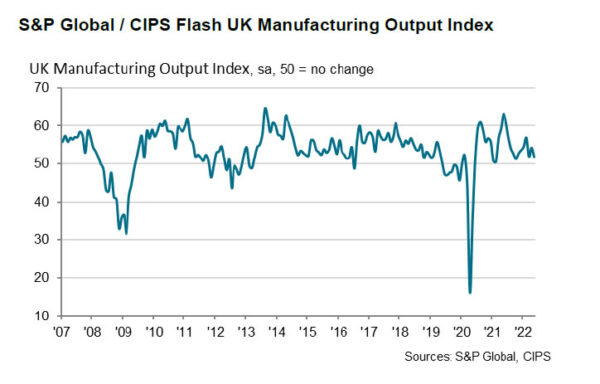
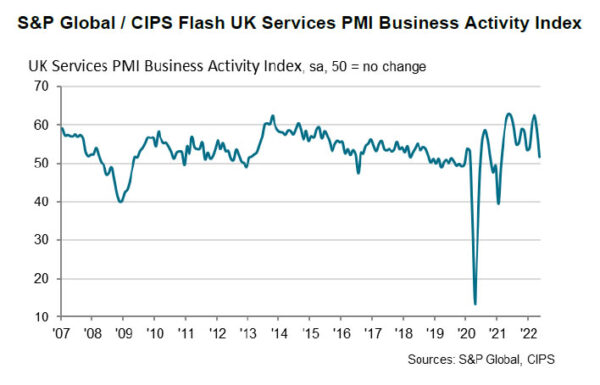
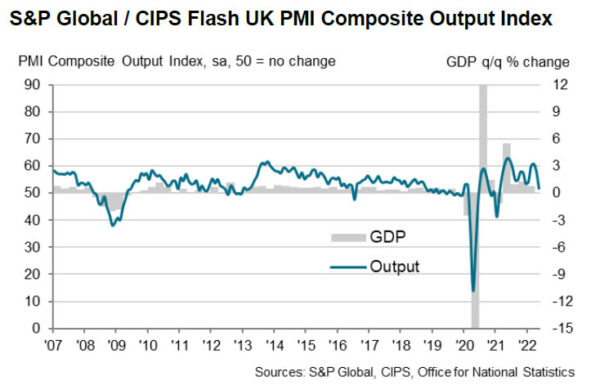
Full release here.




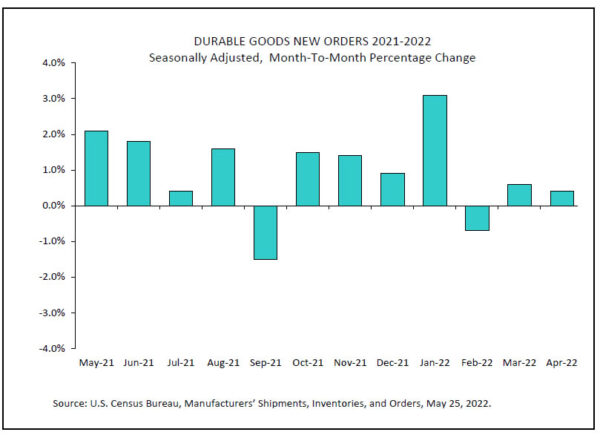
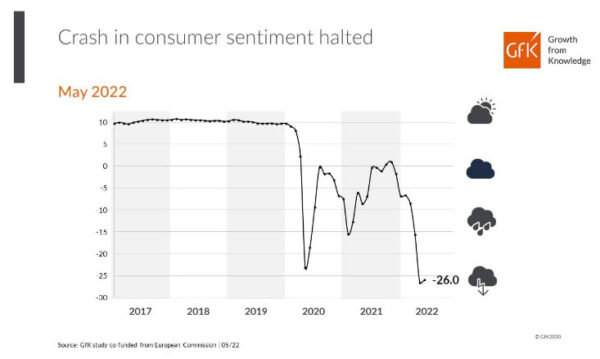
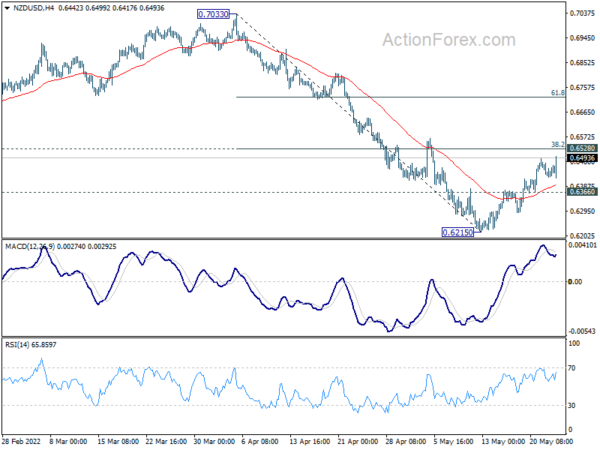
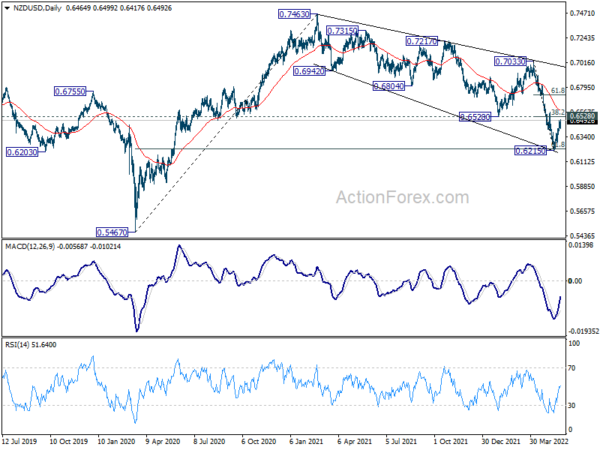
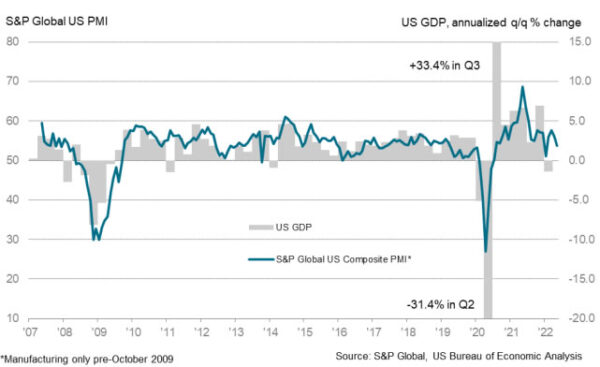
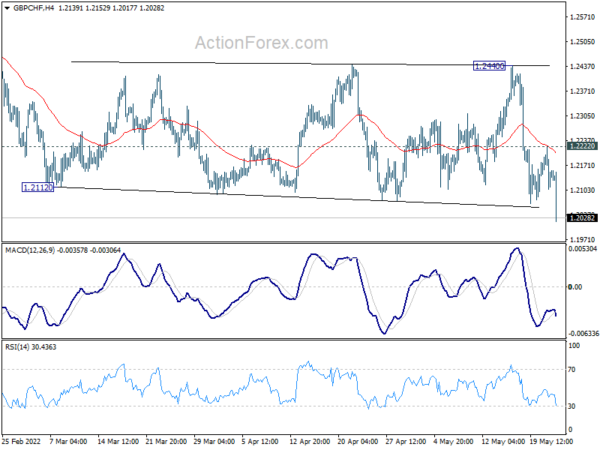
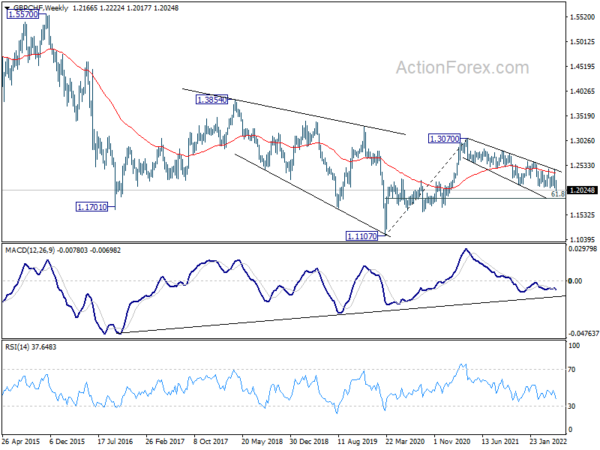



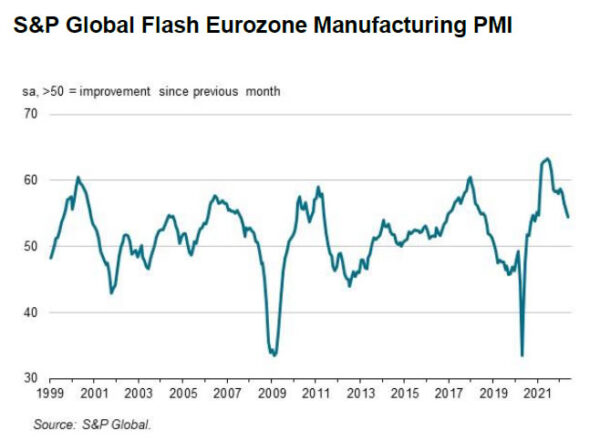
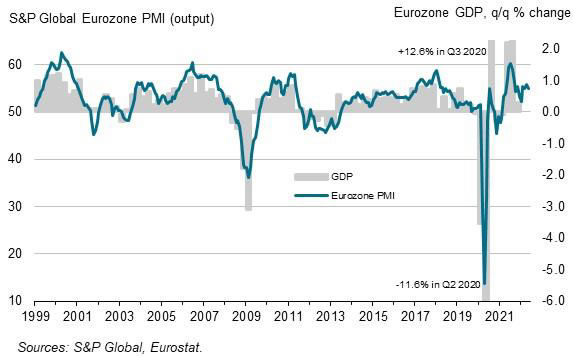
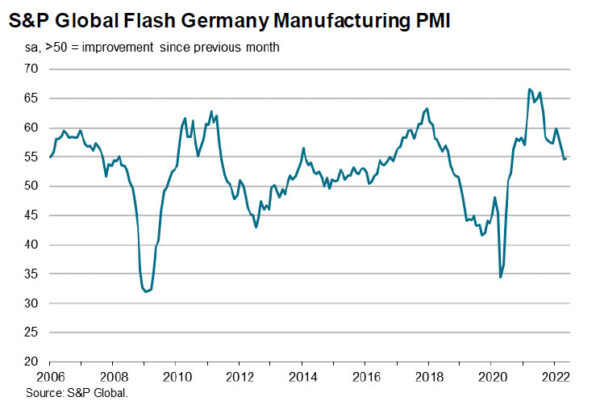
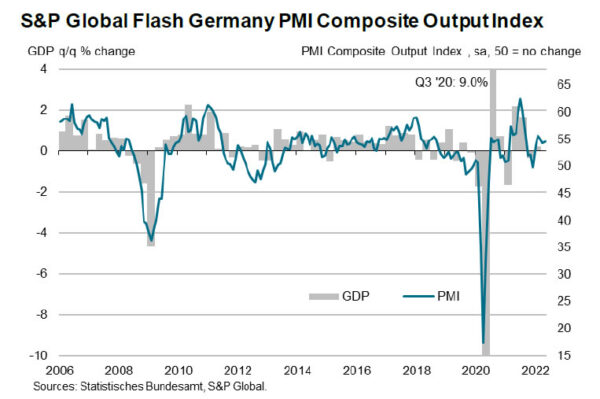
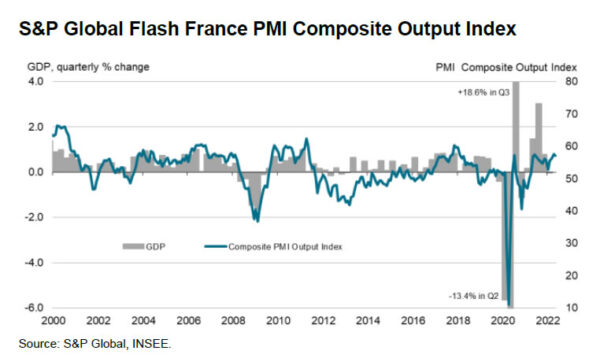
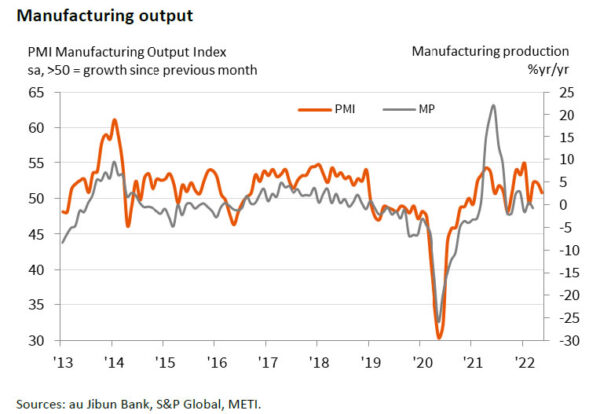
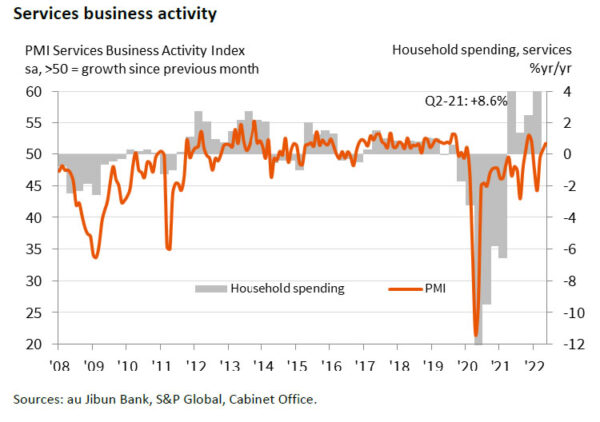
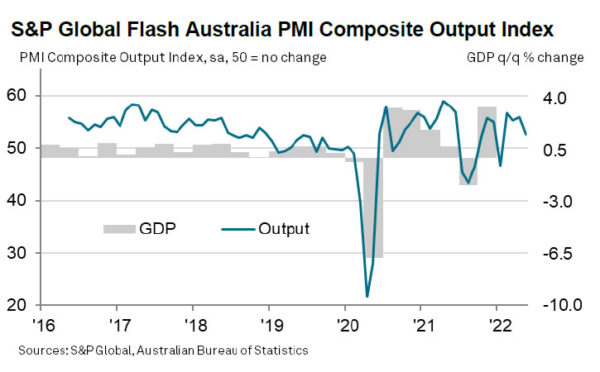
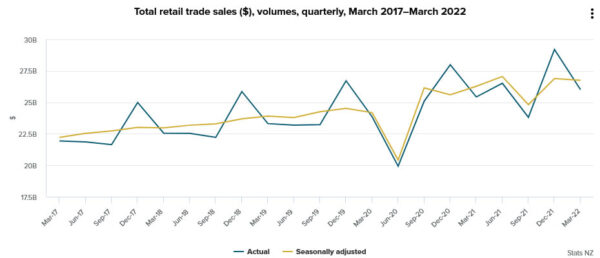

FOMC minutes affirms 50bps hikes ahead, Gold lost momentum
In the minutes of the May 3-4 FOMC minutes, Fed said, “most participants judged that 50 basis point increases in the target range would likely be appropriate at the next couple of meetings”. That is in-line with market expectations, and other communications from Fed officials, that the plan is set for 50bps hike per meeting for June and July at least.
Also, it’s noted, “at present, participants judged that it was important to move expeditiously to a more neutral monetary policy stance. They also noted that a restrictive stance of policy may well become appropriate depending on the evolving economic outlook and the risks to the outlook.”
Gold dips mildly after FOMC minutes, as recovery from 1786.65 lost momentum. For now, further rise could still be as long as 1833.22 minor support holds. Above 1869.46 will resume the rebound to channel resistance a around 1926. However, break of 1833.22 should resume the whole fall from 2070.06 high through 1786.65.
Overall, there is no change in the view that fall from 2070.06 is the third leg of the consolidation pattern from 2074.84. Deeper decline would be seen as the recovery completes, towards 1682.60 support.